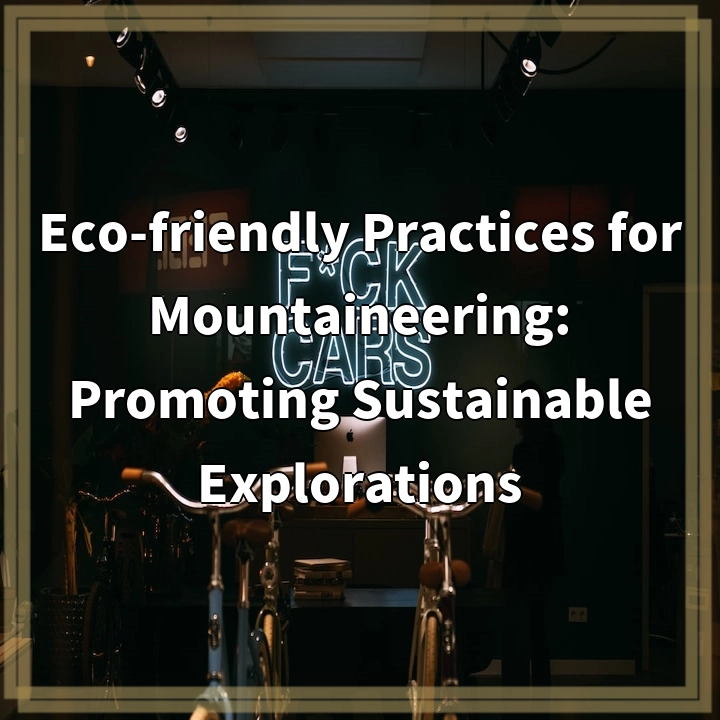
What is Creating a Nature-Friendly Oasis: Green Landscaping and Gardening Design?
Creating a nature-friendly oasis through green landscaping and gardening design involves designing, planning, and maintaining outdoor spaces in a way that promotes biodiversity, conserves resources, and minimizes negative impacts on the environment. It is an approach that utilizes sustainable practices and incorporates native plants, water conservation techniques, and wildlife-friendly elements.
Real-World Problems Associated with Nature-Friendly Landscaping and Gardening
While creating a nature-friendly oasis is beneficial, there are some challenges and obstacles that may arise:
1. Limited Knowledge and Awareness
One of the real-world problems is the lack of knowledge and awareness about the benefits and techniques of nature-friendly landscaping and gardening. Many people are still unaware of the potential positive impact that these practices can have on the environment.
2. Resistance to Change
Traditional landscaping practices often prioritize aesthetics and convenience, which may be resistant to change. Convincing individuals and communities to adopt nature-friendly approaches can be challenging, as it requires a shift in mindset and practices.
3. Planting and Maintenance Costs
Implementing nature-friendly landscaping and gardening designs may require initial investment in terms of choosing native plants and installing water-efficient irrigation systems. The cost of maintenance and upkeep can also be higher compared to conventional landscaping methods.
4. Water Availability and Management
In areas with limited water resources, achieving a nature-friendly oasis can be challenging. Designing landscapes that are drought-resistant and implementing water-saving measures, such as rainwater harvesting, can help mitigate these challenges.
5. Pest and Weed Management
Nature-friendly landscaping and gardening may require alternative methods for pest and weed management. Relying on chemical pesticides and herbicides contradicts the principles of an eco-friendly approach, making it necessary to explore natural alternatives.
6. Community Acceptance and Compliance
Implementing nature-friendly landscaping and gardening on a larger scale often requires community support and compliance. Convincing multiple stakeholders, including homeowners’ associations and local governments, can be a major hurdle in bringing about widespread change.

Solutions to Real-World Problems Associated with Nature-Friendly Landscaping and Gardening
Despite the challenges, there are several solutions to promote and implement nature-friendly landscaping and gardening:
1. Education and Awareness
Increasing knowledge and awareness about the benefits and techniques of nature-friendly landscaping is essential. Providing educational resources, workshops, and community outreach programs can help individuals and communities understand the positive impact and encourage adoption of these practices.
2. Building a Culture of Sustainability
Changing perceptions and attitudes towards landscaping and gardening requires creating a culture of sustainability. This can be done by showcasing successful case studies, organizing nature-friendly garden tours, and highlighting the long-term benefits for both individuals and the environment.
3. Incentives and Support
Governments and local authorities can provide incentive programs and financial support to encourage the adoption of nature-friendly landscaping practices. This can include grants, tax benefits, and rebates for installing water-efficient systems, native plant gardens, and wildlife habitats.
4. Collaboration and Partnerships
Working together with community organizations, environmental groups, and landscaping professionals can help overcome resistance to change. Collaborative efforts, such as community gardens and shared resources, can promote the benefits of nature-friendly practices and create a sense of collective responsibility.
5. Water Conservation Strategies
Implementing water-saving measures plays a crucial role in overcoming the challenges of limited water availability. This can involve using rainwater harvesting systems, installing drip irrigation technology, and designing landscapes using native plants that are adapted to local climatic conditions.
6. Integrated Pest and Weed Management
Employing integrated pest and weed management strategies ensures a nature-friendly approach while effectively managing unwanted pests and weeds. This involves using natural predators, companion planting, mulching, and manual removal techniques.
7. Engaging Stakeholders and Policy Support
Gaining community acceptance and compliance requires engaging stakeholders and generating policy support. Encouraging local governments to adopt sustainable landscaping practices and creating regulations that prioritize nature-friendly approaches can drive widespread change.
By implementing these solutions, we can overcome the real-world problems associated with nature-friendly landscaping and gardening, and create thriving nature-friendly oases for the benefit of the environment and future generations.















